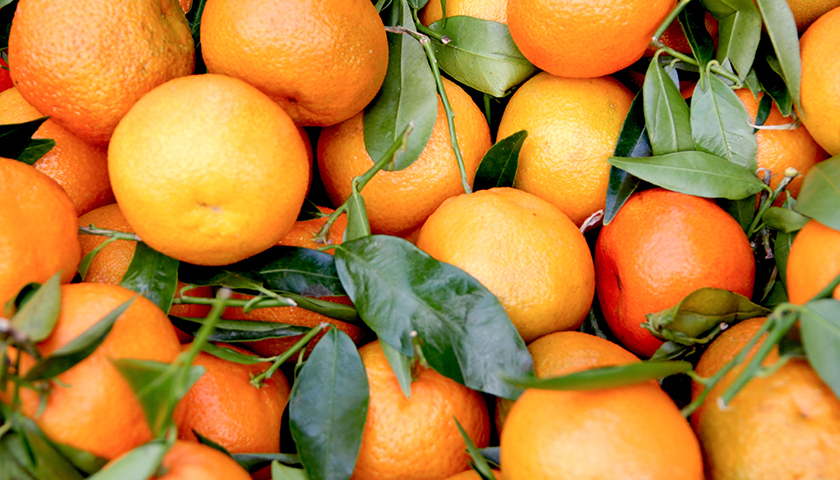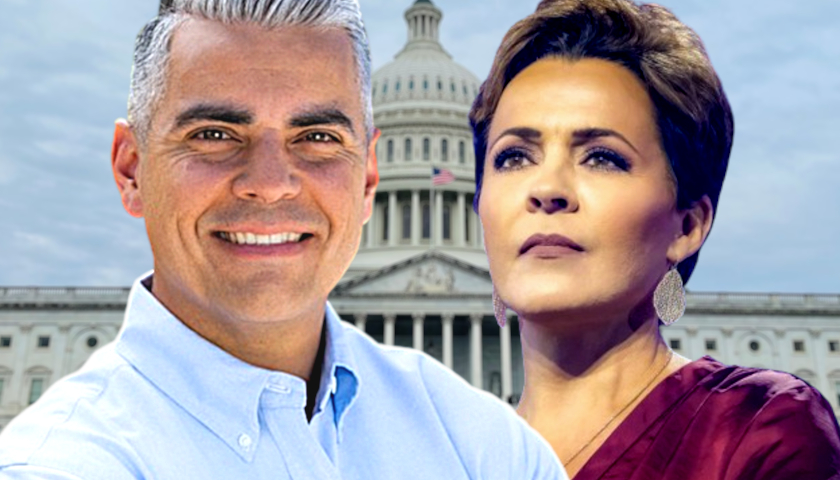by Bethany Blankley
Florida citrus growers are pushing back against a tax they’ve been paying to fund research they argue hasn’t, and doesn’t, benefit them. Over many years and $180 million later, research to reduce or eradicate citrus greening has done neither, they argue.
In November 1991, Florida Citrus Growers voted to enact a Citrus Research Order that imposed a tax on every box of citrus produced, except for limes, to fund the Citrus Research and Development Foundation. The proceeds of the tax, now 3 cents a box, known as the “box tax,” was created to support CRDF research “that would benefit all growers,” the Florida Department of Agriculture and Consumer Services (FDACS) says.
The CRDF is also funded by the state and its board of directors serve as an advisory council to the FDACS for the order. Ten of the 13 board members are growers who are nominated by Florida Citrus Mutual and the Florida Department of Citrus.
CRDF’s stated mission is to cure citrus greening, which has devastated Florida’s citrus groves over the past few decades. Citrus greening, caused by a bug that spreads the Huanglongbing (HLB) virus, causes a slow death to a tree and eventually, the entire grove. As a result of crop loss from HLB, combined with a hard freeze earlier this year, Florida was expected to produce the smallest batch of its signature crop – oranges – since World War II.
A May USDA production report expects that Florida will produce more than 40 million boxes in the 2021-22 season, a 2 million box increase since last month’s forecast. Florida Specialty Citrus is expected to remain at 800,000 boxes.
Earlier this month, FDACS sent out a letter to growers with a ballot, asking them to vote by mail before June 3. They can either vote yes to continue the tax for another six years or vote no to discontinue it altogether. Ballots received after June 3 will not be opened, the agency says.
One group, Save Citrus, is urging growers to vote no.
“Enough is enough. The CRDF has spent over $180,000,000 and they’re no closer to a solution than they were when they started,” Jesse Rojas, director of Save Citrus, said.
CRDF is “playing a self-dealing game” by claiming to work on a cure for HLB by collecting taxes from hard-working growers and the state, and then transferring that money “to BigAg behemoths like Monsanto and claim the only solution to the problem is paying more money to BigAg,” Rojas said.
CRDF has failed to find a solution, he added, and instead continues to fund the “Research-Industrial Complex of foreign multinationals like Monsanto-Bayer and university academics with peer-reviewed papers.” Meanwhile, growers are dealt a double blow: losing their crops and paying the box tax.
Florida, which produces 95% of America’s orange juice, is home to more than 400,000 acres of citrus groves. This is half the acreage of what it was 20 years ago, and 23% of existing acreage is non-bearing, Florida Citrus Mutual told ABC News Tampa Bay earlier this year. Florida growers still producing are hanging on after 60% have left the industry over the past five years.
Over the past 13 years, Florida has lost more than 100,000 acres of citrus groves, Save Citrus said, with more than 5,500 of Florida’s 8,000 citrus growers being forced out of business.
Paying the tax isn’t necessary – the state can invest in testing more trees as an alternative, Save Citrus argues. New field trials show that Valencia orange trees infected with HLB that were treated with an organic fertilizer saw 31-37% less fruit drop than untreated trees, Savory Sun VA LLC, which developed CitruSaver Fertilizer, reports.
“CitruSaver fertilizer has revitalized trees from root to leaf,” the company said in a statement. “The application process is simple, convenient, and uses existing irrigation systems.” The fertilizer, which can be mixed into water supplies, is “affordable, fast, effective, and completely safe for consumption.” It provides nutritional, anti-fungal and anti-bacterial elements that “aren’t harmful, like oxytetracycline antibiotics,” the company said.
Growers with HLB infected Valencia and Hamlin oranges who regularly used CitruSaver over six months saw substantial improvements, it found. “Tested trees showed less fruit drop, increased fruit weight and sweetness, increased tree vigor, and larger percentages of new foliage and branch growth,” according to growers who’ve used the plant-based treatment.
Rick Dantzler, CRDF COO, said he’s not encouraging growers to vote either way. But he asked growers to consider, among other factors, that “sooner or later, HLB is going to be behind us but there will be other research needs to deal with emerging threats, cultivar improvements and production practices. If legislative funding dries up, it would be helpful for growers to have a mechanism in place to help themselves.”
The Florida citrus industry employs more than 33,000 people, provides an annual economic impact of $6.762 billion to the state, and contributes hundreds of millions of dollars in tax revenues that help support Florida’s schools, roads and health care services, according to the Florida Citrus Commission.
After the vote, a CRDF Advisory Committee meeting is scheduled to address the box tax on June 15.
– – –
Bethany Blankley is a contributor to The Center Square.
Photo “Oranges” by Graphic Node.








